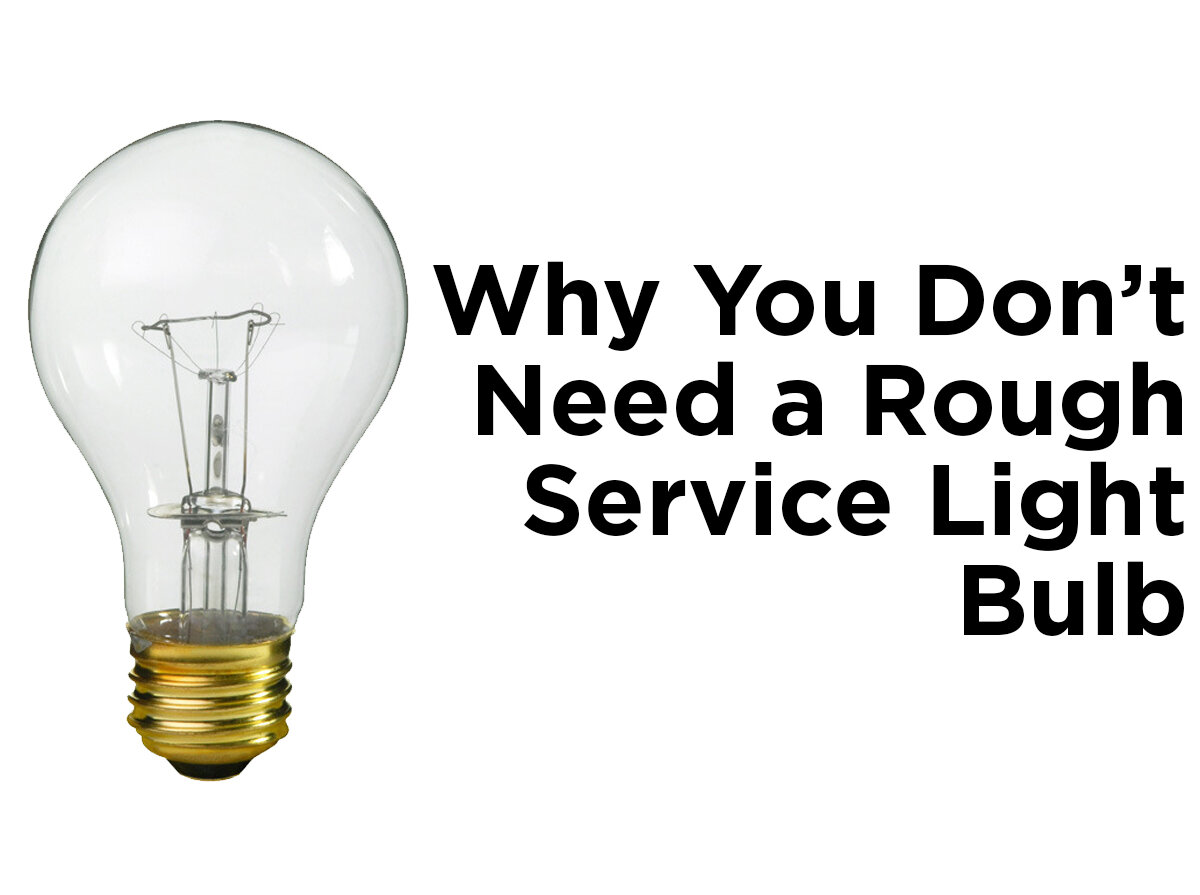What is an Omnidirectional Bulb?
Omnidirectional bulbs give off light in all directions: top, sides, and bottom of the bulb. This makes them ideal for floor lamps, table lamps, wall sconces, and chandeliers. Incandescent bulbs are omnidirectional by design, and for a time, that was the standard to which LED light bulbs were compared. In 2013, Energy Star required an LED bulb be omnidirectional to be certified. While it is not uncommon for LED light bulbs to be omnidirectional today, this was a problem when LED bulbs first came to the market as the directional design of early LED bulbs made them poor replacements for A19 bulbs in some applications.
But what if you want a directional light source? You generally wouldn’t want an omnidirectional bulb for task lighting, display lighting, or in a pendant light, ceiling fan, or recessed can. In these cases, a directional LED bulb is more efficient and often less expensive. Thankfully, Energy Star caught up with changes in consumer preferences and now has separate performance criteria for directional and omnidirectional LED bulbs.
Lighting Tip: When comparing products, look at the beam angle under “Specifications” to pick the right light distribution for your installation.
Just like with indoor lighting, omnidirectional bulbs are the right choice for some outdoor lighting, but not all. The bulbs in metal halide (MH) wall packs are also omnidirectional but the wall-mounted fixtures are not, which means approximately 30% of the light ends up getting trapped. LED wall packs and LED retrofit kits only shine light outward, so no Lumens are lost. Because the initial Lumens rating of MH wall packs includes the Lumens you’ll never see, an LED wall pack can replace a MH wall pack even though the MH wall pack has a higher initial Lumen rating. The amount and quality of light you actually see ends up being equivalent or even better. So don’t let those numbers confuse you, and be sure to give us a call if they do.
Not sure whether you should buy a directional or omnidirectional bulb? Tell us about your installation in the comments section below and we’ll be happy to guide you to a brighter future. Don’t forget to follow us on Facebook and Twitter for coupons and special pricing throughout the year.
Sources







